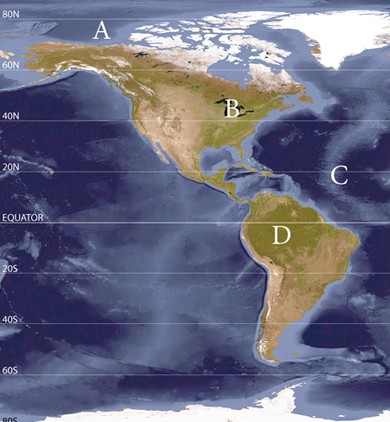What type of weathering is dominant in deserts and why? What about other types of weathering? What will be an ideal response?
Mechanical weathering is dominant because temperatures can fluctuate a great deal in a day and frost
wedging is common in winter. Plant roots and salt crystal growth may also break down some rocks.
Chemical weathering occurs only a little because the land is very arid and few plants mean few organic
acids. Most chemical weathering takes place in winter months when there is more precipitation
You might also like to view...
When a copper and iron bimetallic bar is heated, why does the bar bend toward the iron?
A. Iron gets hotter before copper. B. Iron expands more than copper. C. Copper gets hotter before iron. D. Copper expands more than iron.
Which of the following is true of the Earth's coastlines?
A) Most of the Earth's coastlines are relatively young and undergoing continuous change. B) The Earth's coastlines are among the oldest landforms on the planet. C) There are few inputs that directly affect the Earth's coastlines beyond tidal action. D) The Earth's coastline show a remarkable degree of similarity across the planet.
How many atmospheric circulation cells exist in each hemisphere on Earth?
A. 1 B. 2 C. 3
Where is the least and greatest amount of outgoing longwave radiation (OLR) located?
A. A & D B. A & B C. A & C D. C & D